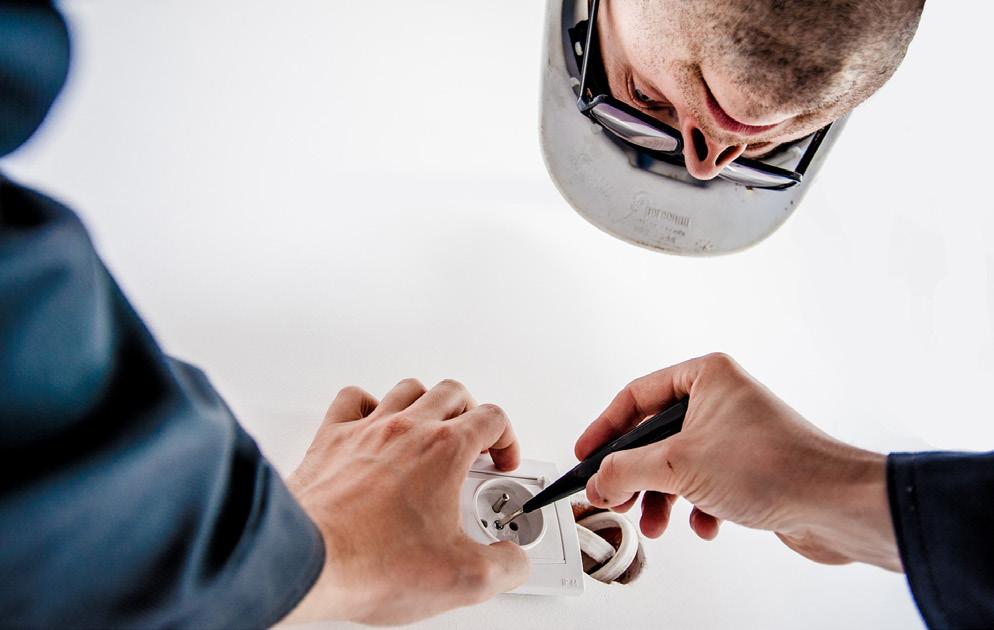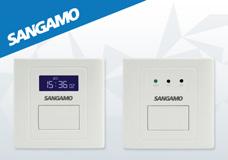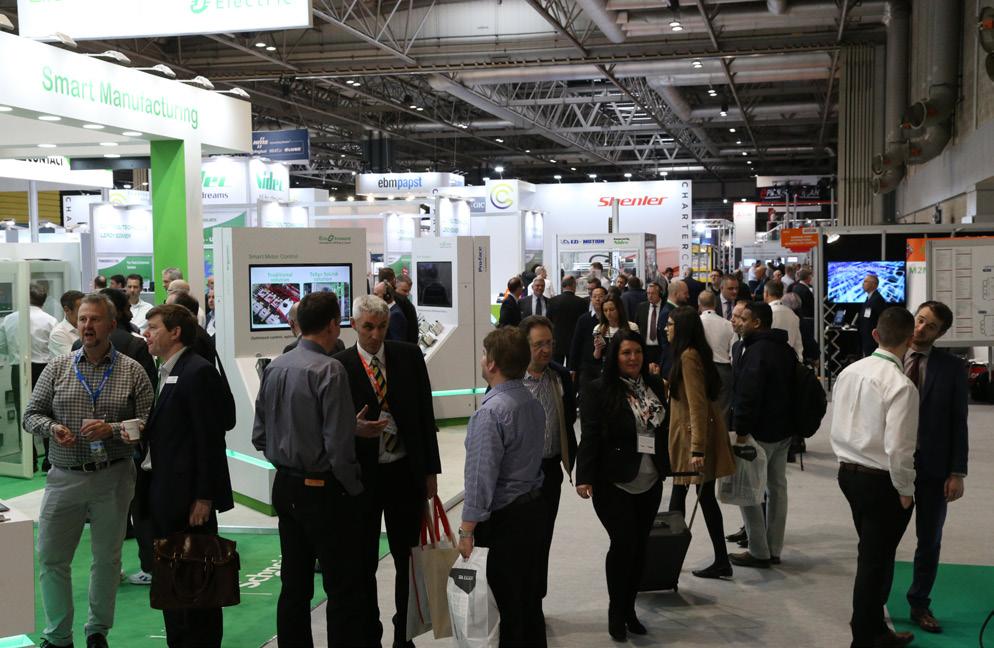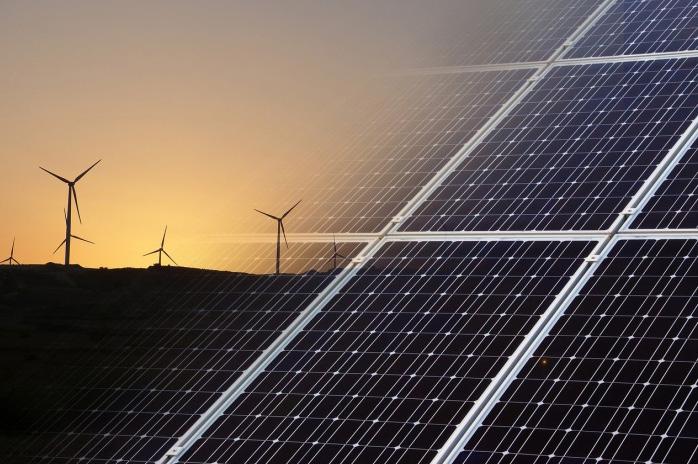INTELLIGENT BUILDINGS
Building better A transformational decade lies ahead for building and construction. Gail Cook, global head of marcoms at Glen Dimplex Heating & Ventilation, predicts the trends that will shake up the industry. ccording to projections, England alone will need 340,000 new homes to be built each year until 2031 to house the ever-growing population. Making that goal more complicated is the Government’s target to eliminate greenhouse gas emissions by 2050. The demand for buildings that are better for the environment is growing, with 78% of people in the UK saying they believe environmentally sustainable building performance is important when choosing a new home. Indeed, the building sector has an obligation to reduce its carbon footprint due to its high impact on our natural environment. Almost half of all emissions in the UK (45%) are linked to construction, operation and maintenance of the built environment. The challenge today is to provide high quality, attractive homes that are also low carbon, energy and water efficient and climate resilient.
A
18 Electrical Review | March 2020
Modular future As the industry responds to changing requirements and demand, there are growing trends in green building technologies that will become more popular as we move through the next decade. This is especially relevant given all new housing must be Nearly Zero Energy (nZEB) by December 2020, paving the way for ultimately achieving Net Zero Carbon (NZC) buildings. Modular housing will also become more popular in the drive to deliver carbon neutral construction. Often referred to as a ‘prefabricated building’, a modular build is pre-built in sections. Each of those sections is then transported to the location where the building will stand and the building is assembled on-site. Modular buildings are subject to the same regulations and planning laws as traditional builds, but this won’t stop them developing at a fast pace as they represent a quick way to rectify the housing shortage.







